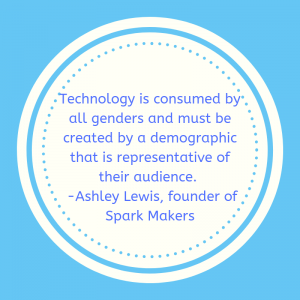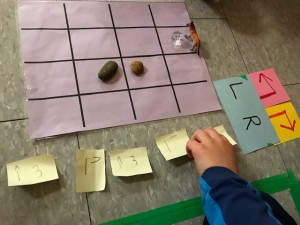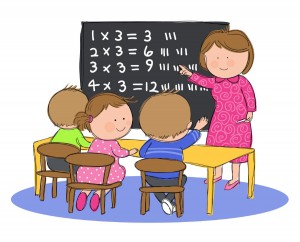According to a recent report* by ICTC (the Information and Technology Information Council) Canadian women represent about 50% of the overall workforce but represent only 25% of the technology industry workforce. Of the 100 major tech companies in Canada only 5 have female CEOs and 1 Co-CEO. 26% of the tech companies have no women in senior leadership at all. There is a gender wage gap in the industry of $7,000-$20,00 per year. When I read these statistics I wondered as educators, what can we do about the gender gap in technology? This is not an exhaustive list, but it is a place to begin:
1. Build her confidence in her abilities.
2. Cultivate a community of supportive peers.
3. Provide a STEM/STEAM club for girls.
4. Ensure that access to technology and computer experiences is encouraged and inclusive.
5. Foster interest in computing careers.
6. Be a role model as a LEARNER.
May 11th is National Girls Learning Code Day. If you are looking to encourage coders in your school, why not begin on May 11th? Below you will find links to resources for beginning coding. Many students code on their own at home and may appreciate the opportunity to mentor fellow students. The resources attached will get you started. There is no special equipment or robotics required. Teachers do not have to be expert coders to encourage their students. Teachers can be role models of resilience, risk taking and problem solving by learning alongside their students. Teachers only need to open the door and expose their students to the opportunities.
*Cutean, A., Ivus, M. (2017). The Digital Talent Dividend: Shifting Gears in a Changing Economy. Information and Communications Technology Council (ICTC). Ottawa, Canada.
Elaborated and written by Alexandra Cutean (Director, Digital Innovation Research and Policy). and Maryna Ivus (Senior Analyst, Research and Policy) with generous support from the ICTC Research and Policy Team.





